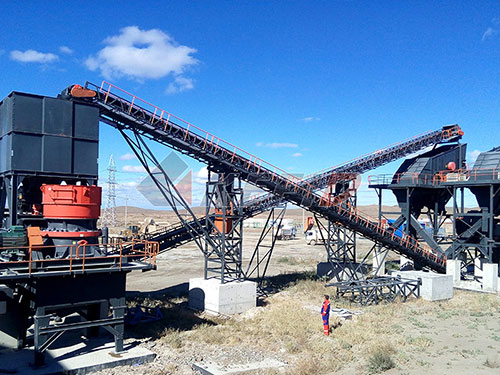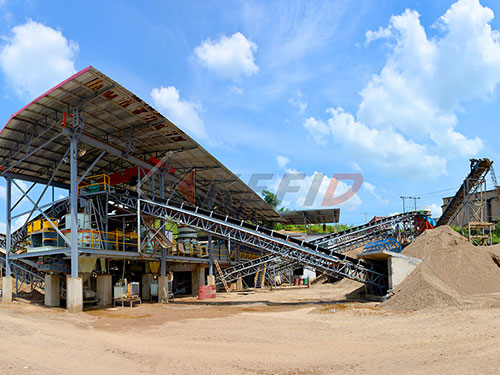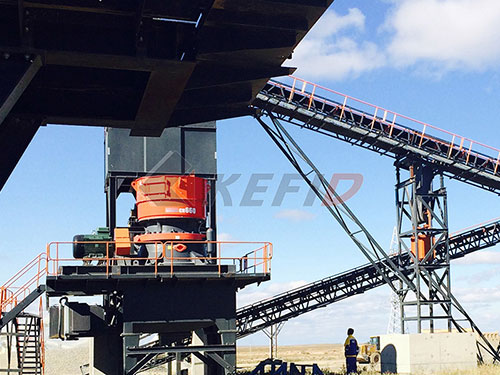Core Characteristics of Jaw Crushers: Robust Simplicity in Primary Crushing
Jaw crushers remain fundamental workhorses in mining, quarrying, and aggregate production due to their straightforward design and reliable performance in primary crushing applications – reducing large rocks into manageable sizes for further processing. Understanding their defining characteristics is crucial for selecting the right equipment and optimizing operations.
1. Simple Yet Robust Construction:
The core design of a jaw crusher is remarkably uncomplicated. It features two vertical jaws: one fixed (stationary jaw die) and one movable (swing jaw die). These jaws form a V-shaped crushing chamber where material is fed at the top and progressively crushed as it moves downward under gravity and compressive force. This simplicity translates directly into reliability and ease of maintenance. Fewer complex parts mean fewer potential failure points compared to other crusher types.
2. Efficient Compression Crushing Mechanism:
Jaw crushers operate on the principle of compressive force. The movable jaw exerts tremendous pressure against the fixed jaw via an eccentric shaft driven by a motor through belts or direct drive. As rock enters the chamber, it is nipped between the jaws and crushed as the movable jaw cycles towards the fixed one (the crushing stroke), then moves away (the return stroke) allowing crushed material to descend further until it discharges at the bottom when small enough to pass through the closed-side setting (CSS).
3. Adjustable Discharge Size (Closed-Side Setting – CSS):
A critical operational characteristic is the ability to precisely control the final product size. This is achieved by adjusting the gap at the discharge point between the bottom of the movable jaw and the fixed jaw – known as the Closed-Side Setting (CSS). Reducing this gap produces finer output material, while increasing it allows larger particles to exit uncrushed or partially crushed.

4. High Reduction Ratio:
Jaw crushers excel at achieving high reduction ratios, typically ranging from 4:1 to 6:1 or even higher in some models depending on feed size and CSS settings. This means they can significantly reduce large feed rocks (often exceeding 1 meter in diameter) down to relatively small particles suitable for secondary crushing stages or direct use in some applications.
5. Versatility in Feed Material Handling:

While primarily designed for hard rock (granite, basalt) and abrasive ores, modern jaw crushers demonstrate considerable versatility. They can handle a wide range of materials including softer rock types (lim

Leave a Reply